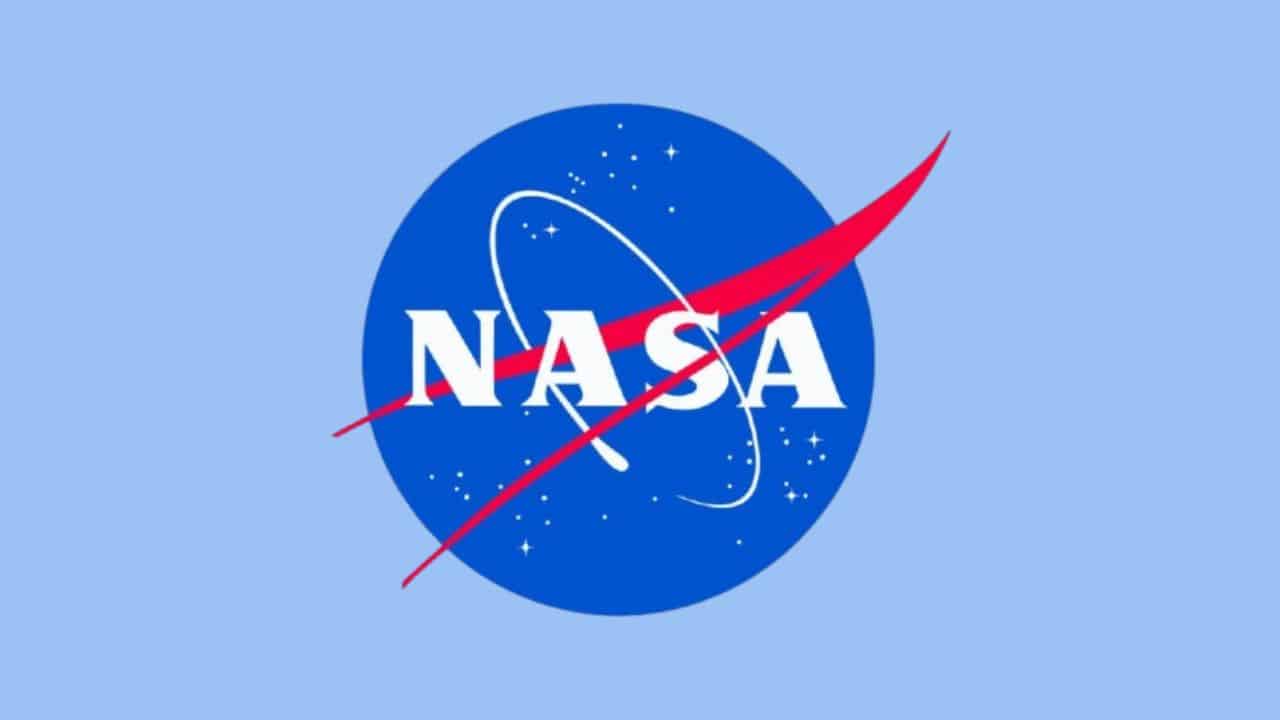NASA has unveiled an exciting new competition with a staggering $3 million prize pool, calling on innovators worldwide to help address a critical challenge in space exploration. As humanity looks forward to returning to the Moon and making its first human steps on Mars, the question of managing waste, especially on longer missions, has become more pressing than ever.
A History of Waste on the Moon
The issue of waste on the Moon isn’t new. In fact, a rather unusual piece of history was left behind during the Apollo missions. Along with scientific instruments and iconic footprints, astronauts from the Apollo program also left 96 bags of human waste on the lunar surface. These bags contain human feces, urine, and other trash. While it may seem odd to leave such items behind, it was a necessary move to free up precious weight space for returning samples of the Moon’s surface.
At the time, NASA faced significant logistical challenges. On their journey to the Moon, Apollo astronauts collected urine in special tanks. For bowel movements, they used a rather rudimentary system— a bag that had to be strapped over their anus. Once full, these bags were deposited on the lunar surface, alongside other waste, and left behind as part of the mission’s waste disposal process. This, along with bags of food wrappers and other trash, was the best option at the time to allow the astronauts to bring back Moon rocks and other samples for scientific study.
One interesting historical tidbit is that the first photograph taken on the Moon by Neil Armstrong actually featured one of these bags of trash. The waste was necessary to jettison in order to ensure the spacecraft was light enough to return to Earth safely with all the scientific samples.
As humanity prepares to once again visit the Moon—and for the first time, Mars—the problem of waste management becomes even more complex. The Apollo missions were relatively short, but future missions will involve much longer stays, possibly including permanent lunar habitats. Waste, especially human waste, could pile up quickly if not managed properly.
Why Waste Management is a Problem in Space
On Earth, managing waste is a challenge, but it’s something we’ve developed sophisticated systems to handle. In space, however, things are quite different. The absence of atmosphere, gravity, and other factors complicate even the most basic processes. For example, waste like human poop, food packaging, used clothing, and scientific equipment can’t simply be thrown away or decomposed naturally on the Moon or Mars. Without an atmosphere or ecosystems to break it down, the waste would remain there indefinitely unless it’s properly managed or recycled.
In space missions, waste management is not just about sanitation or aesthetics. It’s about ensuring that the limited resources available are used efficiently. On long-term missions, carrying everything needed for months or years is impractical, so recycling becomes a vital component of sustainability. Moreover, waste management ties directly into the safety and health of astronauts. A buildup of waste can lead to contamination, unpleasant living conditions, and other health risks. NASA, therefore, recognizes that an innovative solution to the waste problem is essential for the success of future missions.
NASA’s LunaRecycle Challenge
In an effort to address this issue, NASA has launched the LunaRecycle Challenge. The goal is to find innovative solutions for recycling and reusing waste during lunar missions, which could eventually be applied to missions on Mars as well. The competition invites engineers, scientists, and innovators from around the globe to come up with ideas for turning waste into useful resources.
NASA is not just focusing on bodily waste. They are also concerned about other types of trash that astronauts will inevitably produce during extended stays, such as food packaging, old clothing, broken scientific instruments, and other materials. Amy Kaminski, program executive for NASA’s Prizes, Challenges, and Crowdsourcing program, emphasized the importance of this initiative:
“Operating sustainably is an important consideration for NASA as we make discoveries and conduct research both away from home and on Earth. With this challenge, we are seeking the public’s innovative approaches to waste management on the Moon and aim to take lessons learned back to Earth for the benefit of all.”
NASA is committed to making space exploration more sustainable, both for the short-term stays on the Moon and the longer missions that will one day take place on Mars. The LunaRecycle Challenge is a critical step toward developing the technologies needed to minimize waste, maximize efficiency, and ensure the success of these missions.
Two Key Tracks for Innovation
The LunaRecycle Challenge is divided into two distinct tracks, each designed to encourage innovation in different ways:
- Prototype Build Track: In this track, participants are asked to design and develop physical hardware systems capable of recycling solid waste on the Moon’s surface. This includes creating practical, working prototypes that could be tested and eventually used in real missions. The focus here is on tangible solutions that NASA could one day deploy during lunar missions.
- Digital Twin Track: This track, on the other hand, is centered around creating virtual systems that simulate waste recycling on the Moon. Teams are tasked with building a “digital twin” of a complete waste recycling system, allowing NASA to study how waste can be transformed into useful resources in a simulated lunar environment. This virtual approach allows for experimentation and innovation without the need for physical prototypes, offering more flexibility in the types of ideas that can be explored.
Teams can choose to compete in one or both tracks, with the $3 million prize pool divided between the winners of each category. By offering these two tracks, NASA is encouraging a wide range of innovative approaches, from hardware development to sophisticated digital simulations.
A Step Toward Sustainable Space Exploration
As NASA’s Artemis program moves forward, with the goal of landing humans on the Moon again by 2025 and establishing a sustainable lunar presence, managing waste on these missions becomes a top priority. The challenge isn’t just about keeping the Moon clean— it’s about finding ways to make space exploration sustainable in the long run. If astronauts are to spend months or even years on the lunar surface or on Mars, they will need reliable systems for dealing with waste, recycling materials, and reusing resources.
Kim Krome, acting program manager for NASA’s Centennial Challenges, highlighted the significance of the LunaRecycle competition for the future of space exploration:
“We are very excited to see what solutions our global competitors generate, and we are eager for this challenge to serve as a positive catalyst for bringing the agency, and humanity, closer to exploring worlds beyond our own.”
The LunaRecycle Challenge is not just about space. NASA hopes that the innovations developed through this competition could also have applications here on Earth. Waste management is a global issue, and the solutions that work in space could inspire new technologies to help manage waste more efficiently on our planet. This kind of cross-pollination between space exploration and Earth-based technologies has been a hallmark of NASA’s innovations for decades, from freeze-dried food to memory foam.
Looking to the Future: Moon, Mars, and Beyond
NASA’s efforts to explore the Moon and Mars are part of humanity’s broader ambition to push the boundaries of space exploration. However, with these bold plans come practical challenges, and waste management is one of the most critical. As humans stay longer in space and potentially establish colonies on other celestial bodies, the ability to recycle and manage waste efficiently will be essential.
By involving the public in the LunaRecycle Challenge, NASA is not only tapping into a broad pool of talent and creativity but also fostering a sense of global participation in space exploration. With $3 million in prizes and the opportunity to contribute to the future of human spaceflight, this challenge has the potential to unlock groundbreaking technologies that will benefit astronauts and, eventually, all of us on Earth.
As NASA prepares for its next missions to the Moon and Mars, solving the waste problem is more than just a matter of keeping space clean. It’s about ensuring the long-term sustainability of human exploration of other worlds, paving the way for humanity’s future in space.




































